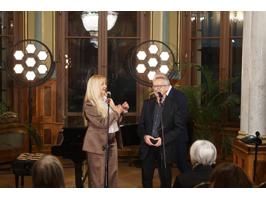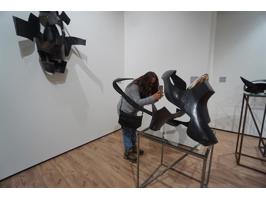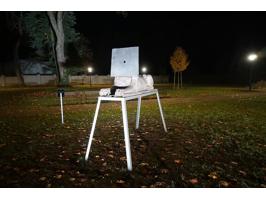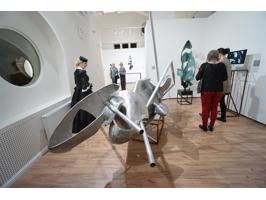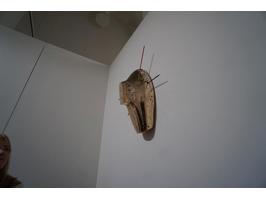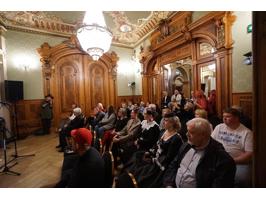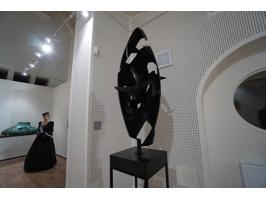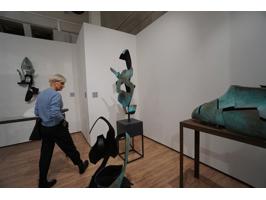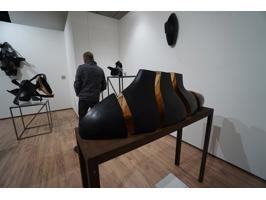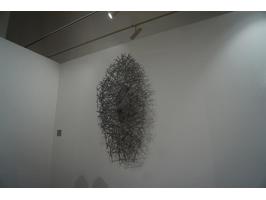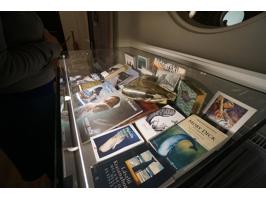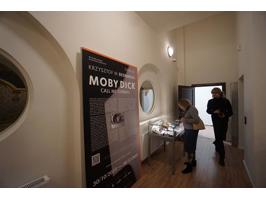The Sphinx and the Whale in the Garden of Villa Lentz

"The 'Sphinx' sculpture has been permanently incorporated into the garden of Villa Lentz," explains Jagoda Kimber, acting director of Villa Lentz. "We acquired it as part of the 'Sculpture in Public Space for an Independent Poland' project."
Last Thursday, a mythological monster with the body of a lion took up residence in the garden of Villa Lentz, Szczecin's newest cultural institution. Instead of a woman's head, however, it has a metal plate with a drilled hole through which one can observe the world. The sculpture is a tribute to Kazimir Malevich and the creators of the 20th-century avant-garde.
ADVERTISEMENT
"The 'Sphinx' sculpture has been permanently incorporated into the garden of Villa Lentz," explains Jagoda Kimber, acting director of Villa Lentz. "We acquired it as part of the 'Sculpture in Public Space for an Independent Poland' project." The project is being implemented by the Centre of Polish Sculpture in Orońsko and is financed by the Ministry of Culture and Art."
The Sphinx – a figure of silence and mystery – is the work of Krzysztof M. Bednarski, one of the most renowned contemporary sculptors. It is not the only work by Bednarski on display at the Lentz Villa. Also opening there on Thursday was an exhibition titled "MOBY DICK. Call me Ishmael."
Herman Melville's novel "Moby-Dick" is considered one of the masterpieces of world literature. The opening sentence in the Polish translation is "Call me Ishmael"—a direct reference to the Bible. It also serves as an introduction to the narrative told by the main character, Ishmael. Krzysztof M. Bednarski has been fascinated by this novel for years, where many hidden meanings can be found in its multidimensional format. It explores man's struggle with nature, existential questions, and an allegory for the fight against evil. Today, we see in it the relationship between man and the environment, a reflection of this in Bednarski's work.
"Bednarski, sensitive to context and the structure of material, is capable of imbuing physical matter with an emotional dimension—he extracts gesture, tension, and memory from marble, bronze, and aluminum," said Jagoda Kimber at the exhibition opening. "His work, rooted in art history and the humanities, retains a personal tone, becoming both a meditation and an attempt to transcend the permanent."
The opening of the exhibition and meeting with the artist was preceded by a lecture by Anna Niemczycka-Gottfried, who discussed the contemporary art market in Poland.
The exhibition will be on display until the end of the year. ©℗
Text and photos by Krzysztof ŻURAWSKI
ADVERTISEMENT
Kurier Szczecinski

